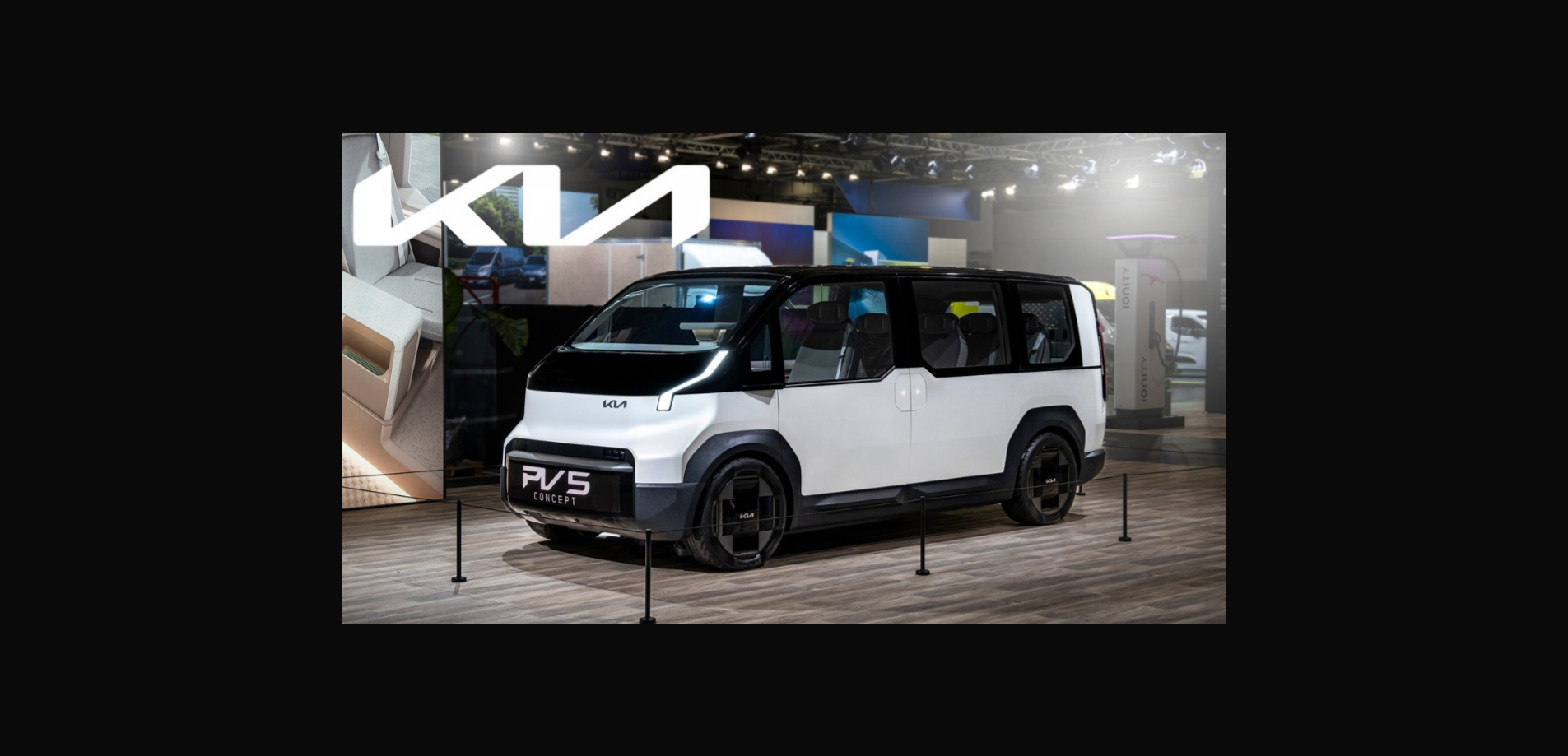Problem Space
Kia’s legacy fleet system struggled with:
- Static routing (ignoring real-time traffic/weather)
- Reactive maintenance (costing $4,200/vehicle/year in downtime)
- Driver inefficiencies (15% excess fuel burn from poor behavior tracking)
As the AI Team Leader Consultant for Kia’s next-generation fleet management platform, I spearheaded a cross-functional effort to transform raw telematics data into an intelligent, generative AI-powered command center. Here’s how we did it:
The Challenge
When I took over Kia’s fleet AI division, we faced three critical gaps:
- Static Operations: Routes were planned weekly, blind to real-time disruptions
- Costly Breakdowns: 27% of maintenance was reactive, averaging $4,200 per incident
- Driver Blindspots: No systematic way to improve fuel efficiency or safety
My team’s mandate: Build an AI brain that could see, predict, and guide fleet operations autonomously.
Key Technical Decisions I Championed
1. Hybrid AI Architecture
- Why: Needed both precise numerical predictions and human-readable insights
- How:
- Used Prophet for time-series forecasting of vehicle health
- Built fine-tuned LLaMA-2 models to explain predictions to dispatchers
- Developed custom APIs to connect with Kia’s legacy systems
2. Edge AI Deployment
- Challenge: Most fleets lacked constant cloud connectivity
- Solution:
- Quantized models to run on NVIDIA Jetson modules in vehicles
- Designed delta updates to sync data when connectivity available
3. Responsible AI Framework
- Implemented:
- Bias audits for driver scoring algorithms
- Explainability reports for EU AI Act compliance
- Anonymization pipelines for driver privacy
Leading Through Challenges
1. Data Silos Breakdown
- Action: Personally negotiated with 5 department heads to unify data access
- Outcome: Created Kia’s first federated learning pipeline across divisions
2. Model Drift Crisis (Month 9)
- Situation: Routing accuracy dropped 15% after a telematics update
- Response:
- Instituted daily monitoring dashboards
- Deployed automated retraining triggers
- Reduced drift incidents by 80%
3. Driver Adoption Hurdles
- Innovation: Developed AI “co-pilot” voice assistant that:
- Provided real-time feedback in conversational Korean/English
- Included gamified leaderboards to incentivize improvement
Results We Delivered Together
- $28M Annual Savings (Validated by Kia Finance)
- 92% Fleet Uptime (From 73% baseline)
- 17% Safer Driving Scores Across 12,000 Vehicles
- White-Labeled for Kia’s Global B2B Partners

